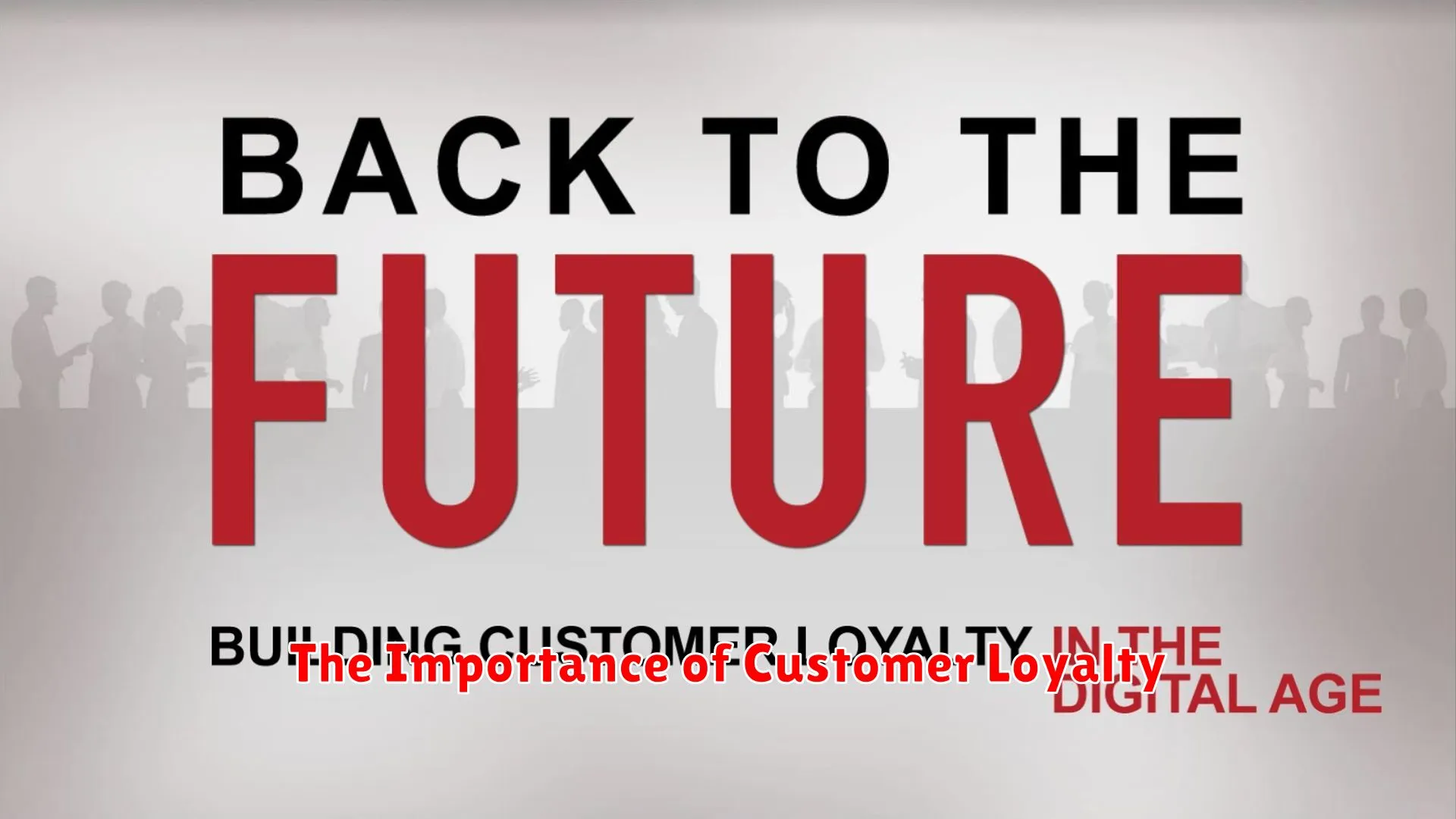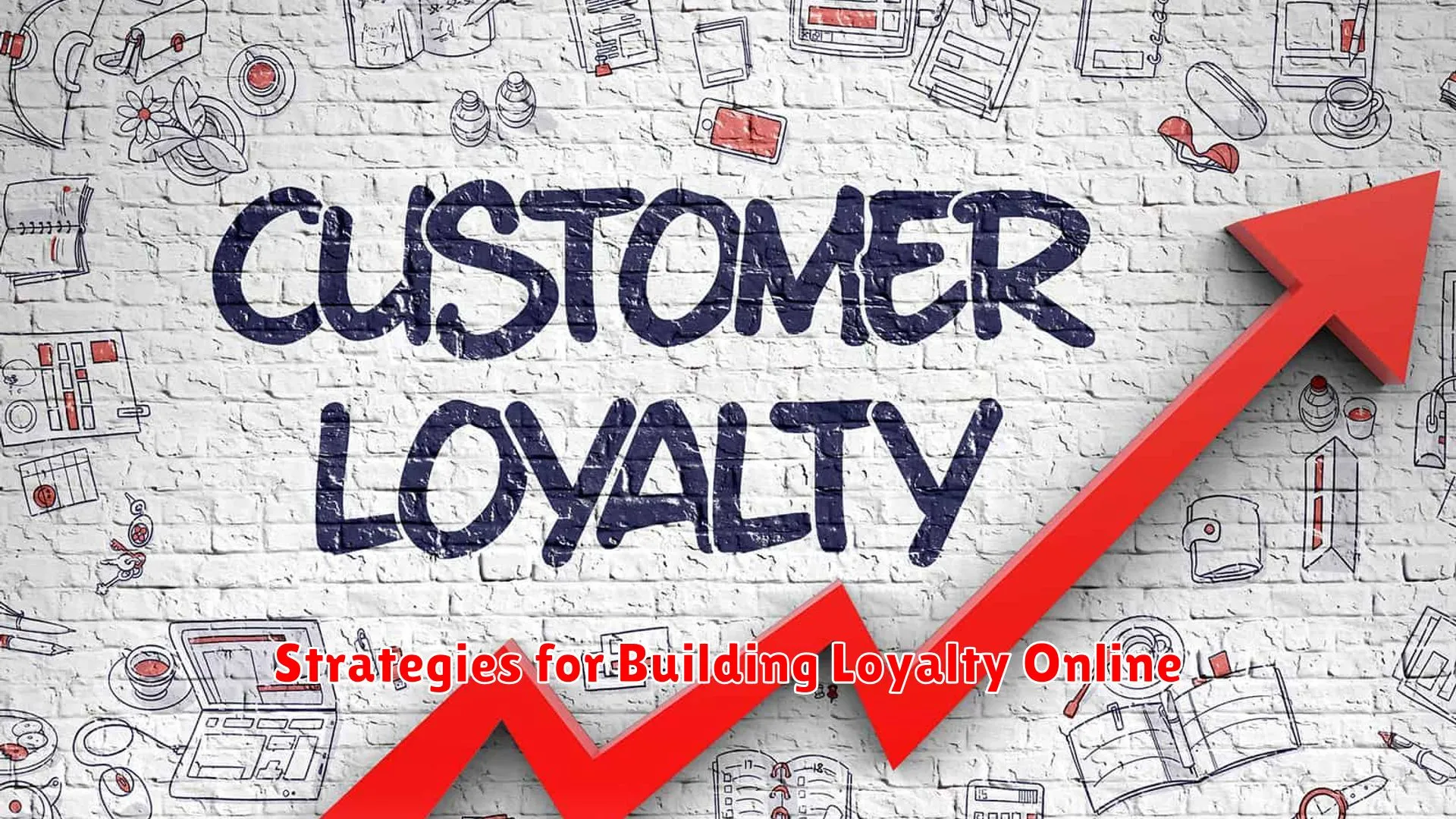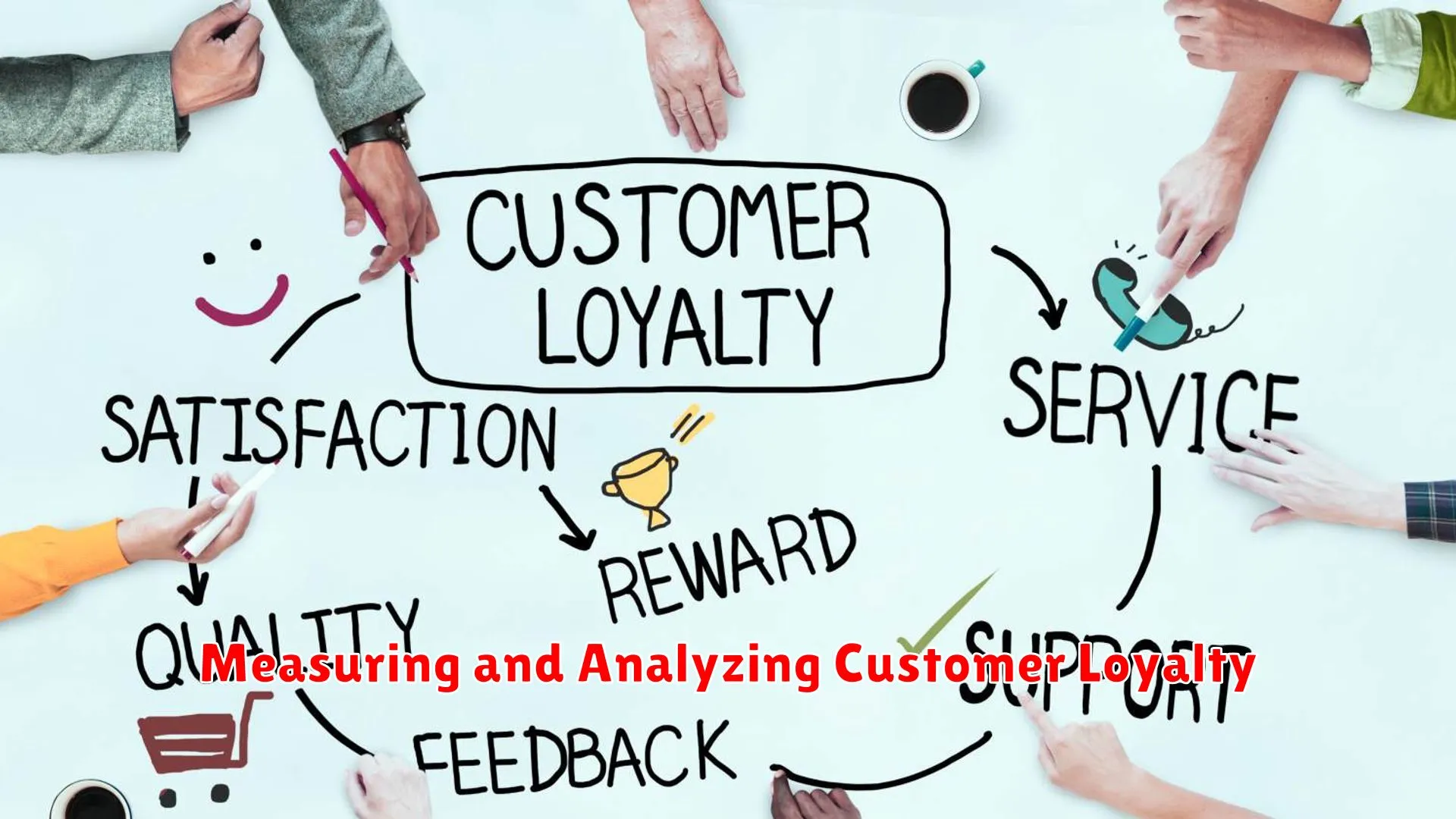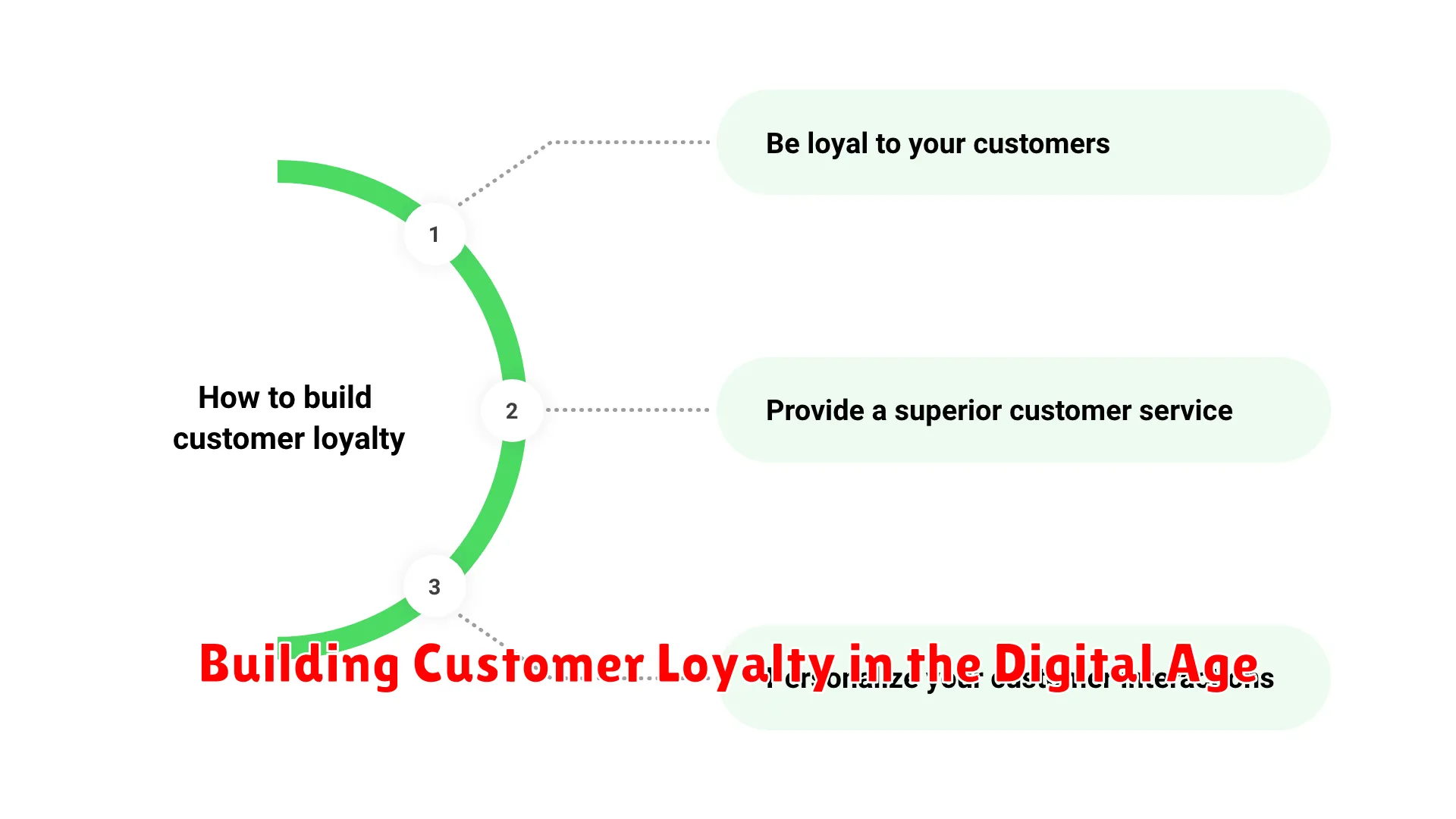In the ever-evolving digital landscape, building customer loyalty is more crucial than ever. Discover how businesses can leverage digital tools and strategies to cultivate lasting relationships with their customers in today’s fast-paced online world.
The Importance of Customer Loyalty

Customer loyalty is a vital aspect for businesses operating in the digital age. In today’s highly competitive market, where consumers have a plethora of choices at their fingertips, building and maintaining customer loyalty is more crucial than ever before.
One of the primary reasons why customer loyalty is essential is repeat business. Loyal customers are more likely to make frequent purchases from a specific brand or company, contributing to a steady revenue stream. This reliable customer base provides a strong foundation for businesses to thrive and expand their market presence.
Moreover, reducing customer churn is another significant benefit of fostering loyalty among customers. By nurturing a loyal customer base, businesses can minimize the risk of losing clients to competitors and increase customer retention rates.
Additionally, loyal customers often act as brand advocates. Satisfied customers who are loyal to a brand are more inclined to recommend the products or services to their friends, family, and social networks, thereby helping in attracting new customers and expanding the customer base organically.
Furthermore, customer loyalty is closely tied to customer satisfaction. By consistently providing excellent customer service and personalized interactions, businesses can build trust and rapport with their customers, leading to enhanced loyalty and long-term relationships.
Strategies for Building Loyalty Online

In today’s digital age, establishing and nurturing customer loyalty online is vital for the success of any business. Here are some effective strategies for building and maintaining customer loyalty in the digital landscape:
1. Personalized Customer Experience
Utilize customer data and analytics to personalize the online experience for each customer. Tailoring product recommendations, content, and communication based on individual preferences can enhance customer engagement and foster loyalty.
2. Consistent Communication
Maintain regular and consistent communication with customers through various online channels such as email, social media, and messaging apps. Providing updates on promotions, product launches, and personalized offers can keep customers engaged and connected.
3. Rewards and Incentives
Implement loyalty programs that offer rewards, discounts, or exclusive offers to encourage repeat purchases and engagement. Creating a sense of value and appreciation for loyal customers can strengthen their loyalty to the brand.
4. Quality Customer Service
Deliver exceptional customer service by promptly addressing queries, concerns, and issues raised by customers online. Providing a seamless and satisfactory customer experience can build trust and loyalty over time.
5. Community Engagement
Create an online community where customers can engage with each other and with the brand. Encouraging user-generated content, hosting forums, and responding to customer feedback can foster a sense of belonging and loyalty among customers.
The Role of Loyalty Programs

In today’s digital age, establishing and maintaining a loyal customer base is crucial for businesses to thrive. Loyalty programs play a significant role in building and nurturing customer loyalty. These programs are designed to reward customers for their repeat business and incentivize them to continue choosing a particular brand over competitors.
Personalized Rewards: One key aspect of loyalty programs is offering personalized rewards tailored to individual customer preferences and behavior. By analyzing customer data and purchase history, businesses can provide incentives that resonate with each customer, making them feel valued and appreciated.
Enhanced Customer Engagement: Loyalty programs contribute to enhanced customer engagement by creating a two-way communication channel between businesses and customers. Through exclusive offers, early access to promotions, and personalized communication, customers feel a sense of belonging and connection to the brand.
Building Brand Advocacy: Loyal customers tend to become brand advocates, spreading positive word-of-mouth recommendations to their friends and family. Loyalty programs can encourage customers to share their experiences on social media, further amplifying the brand’s reach and reputation.
Data-driven Insights: By tracking customer engagement and behavior through loyalty programs, businesses can gain valuable data insights that help in refining marketing strategies, product offerings, and customer service efforts. This data-driven approach enables businesses to make informed decisions that resonate with their target audience.
In conclusion, loyalty programs play a pivotal role in fostering customer loyalty in the digital age. By offering personalized rewards, enhancing customer engagement, building brand advocacy, and leveraging data-driven insights, businesses can create meaningful connections with their customers and drive long-term loyalty.
Engaging Customers Through Social Media

Building Customer Loyalty in the Digital Age requires businesses to actively engage customers through social media platforms. Social media has become a powerful tool for connecting with consumers, building relationships, and strengthening brand loyalty.
1. Creating Interactive Content: To engage customers effectively, businesses can create interactive and engaging content on social media. This could include polls, contests, live videos, and interactive stories that encourage participation from followers.
2. Responding Promptly: Engaging with customers in a timely manner is crucial. Responding to comments, messages, and mentions promptly shows that your business values customer feedback and is attentive to their needs.
3. Personalizing Customer Interactions: Social media allows businesses to personalize interactions with customers by addressing them by name, tailoring content to their interests, and responding to their inquiries in a personalized manner.
4. Showcasing Customer Stories: Sharing user-generated content and customer testimonials on social media can help build trust and credibility. Highlighting positive experiences shared by customers can boost loyalty and encourage others to engage with your brand.
5. Offering Exclusive Promotions: Social media can be a platform to offer exclusive promotions, discounts, or rewards to loyal customers. Providing special offers to social media followers can incentivize them to stay engaged with your brand.
Measuring and Analyzing Customer Loyalty

Measuring and analyzing customer loyalty is essential in establishing a successful customer loyalty program in the digital age. By tracking key metrics and analyzing customer behavior, businesses can gain valuable insights into the level of loyalty among their customer base. Here are some effective strategies for measuring and analyzing customer loyalty:
1. Net Promoter Score (NPS)
- Utilize the Net Promoter Score (NPS) to measure how likely customers are to recommend your brand to others. This metric provides a clear indication of overall customer satisfaction and loyalty.
2. Customer Lifetime Value (CLV)
- Calculate the Customer Lifetime Value (CLV) to understand the long-term value of each customer. By analyzing CLV, businesses can tailor loyalty programs to reward and retain high-value customers.
3. Customer Feedback and Surveys
- Collecting customer feedback through surveys can provide valuable insights into customer preferences, satisfaction levels, and areas for improvement. Analyzing this feedback can help in measuring customer loyalty and identifying opportunities for enhancing it.
4. Repeat Purchase Rate
- Monitor the repeat purchase rate, which indicates how frequently customers return to make additional purchases. High repeat purchase rates signify strong customer loyalty and satisfaction with the brand.
By implementing these strategies and closely monitoring key metrics, businesses can effectively measure and analyze customer loyalty in the digital age, enabling them to enhance customer relationships and drive long-term success.
Conclusion
In conclusion, building customer loyalty in the digital age requires personalized experiences, seamless interactions, and consistent engagement across all digital platforms.

